10 Steps to a Greener Garage
Driving technique is important. Try to keep a steady pace and anticipate stops. Every time you brake, you waste momentum and have to accelerate again again. So, go the speed limit, and avoid sudden starts and stops to increase your fuel economy.
"Hypermile." Group your errands into one trip -- your fuel economy improves once your engine has warmed up, so a longer "chain" of errands will yield better fuel efficiency than several shorter trips.
Drive less. Take public transit, bike, walk, or carpool where you're going. Driving less naturally reduces your car's carbon footprint.
Get the junk out of the trunk. Clean out any unused items that build up in your car -- especially the trunk! Removing additional weight from the car saves fuel, so you use less on your daily drives. The same goes for roof racks and bike racks you don't use on a regular basis.
Keep your tires properly inflated. Under-inflated tires create more rolling resistance, which means your car has to work harder to go the same distance. Refilling your tires to the manufacturer's specifications can boost fuel economy by 3% or more for the average driver.
Don't park in the sun. When you can, park in the shade (or in covered spaces). The sun causes some gasoline to evaporate from your gas tank, which results in both carbon emissions and lost fuel (which means lost money for you).
Keep the tank full. Gas evaporates more quickly from your tank when it has more oxygen available to it, so keep your tank at least half full to minimize evaporative loss.
Change the oil. Change your oil regularly, and use the proper grade of motor oil per your car's owner's manual. Regular oil changes can increase fuel economy by 2% or more.
Don't warm up. There's no need for most cars to warm up if it's above freezing, so get moving (gently!) as soon as you start the car and buckle up. If it's 25°F, warm up your car for just 30 seconds, and wait 60 seconds if it's 10°F or colder.
Use the AC - sometimes. If you're driving over 40mph, it's actually better to turn on the AC than to open the windows because of increased wind resistance (which lowers fuel economy). Below 40mph, opening the windows creates very little drag, so it's more fuel efficient. Of course, if you're sitting in stopped traffic, opening the windows won't provide much relief and will expose you to unhealthy pollution, so use your judgment as to what's best for you in that situation.
RESOURCES
Ditch the car, but find a car sharing program. Don’t let a switch to public transportation worry you – programs like Zipcar.com allow you to use a car when you need one without the hassle of maintenance, insurance, and parking.
Learn to boost your fuel economy in hot weather.
Learn to boost your fuel economy in cold weather.
Learn how to maintain your vehicle for better gas mileage.


